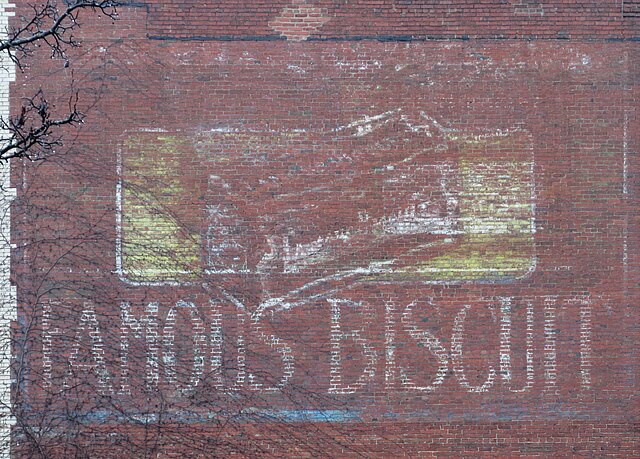
“Taylor Allerdice was accustomed to meeting all kinds of situations but here was something entirely different. So far as he knew, it had never been done before, except in the making of an occasional educational film, but this man didn’t look as though he were concerned in making just the short length educational subject.
“ ‘What kind of a picture?’ he asked.
“ ‘What we call a feature presentation, Mr. Allerdice. I have brought a company of players, including the principals and important members of the cast, cameramen and the necessary crew to handle the mechanical end, across the continent to picturize in its actual locale Herschell. S. Hall’s Saturday Evening Post story Steel Preferred. The plant at the National Tube Company seems to be the one best suited to the requirements of the story.’ ”
The entire article, “On Location in a Steel Mill,” appears in The Director for July, 1925.













